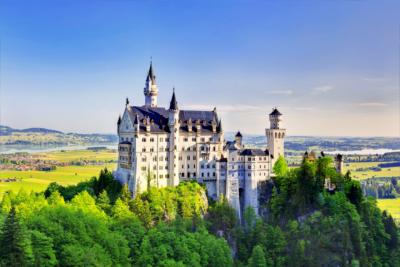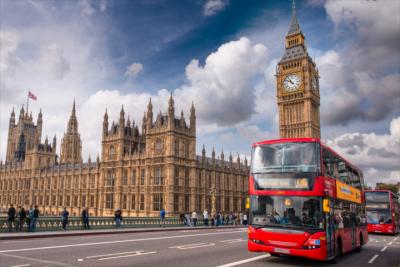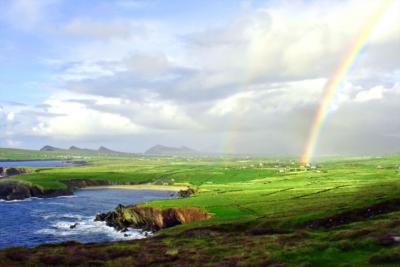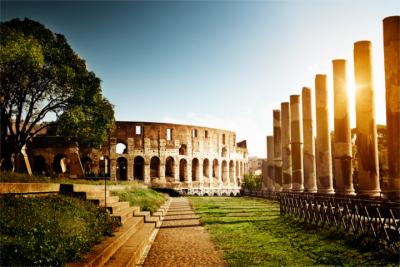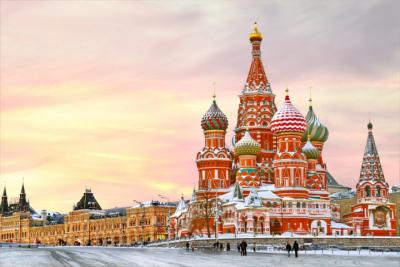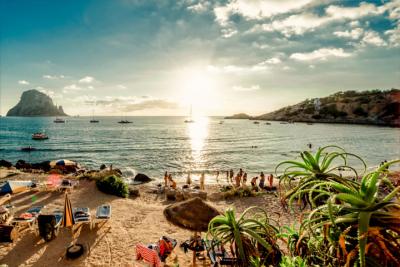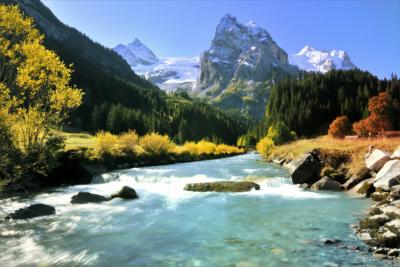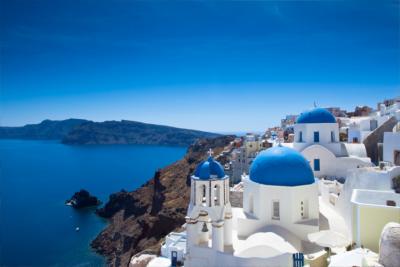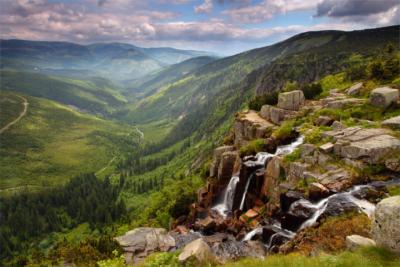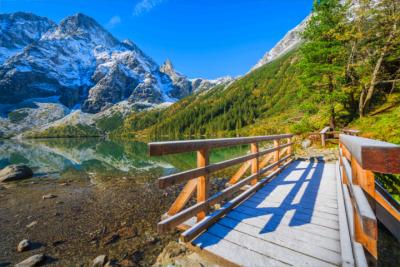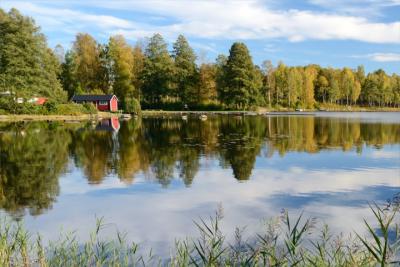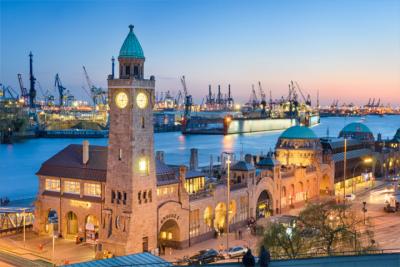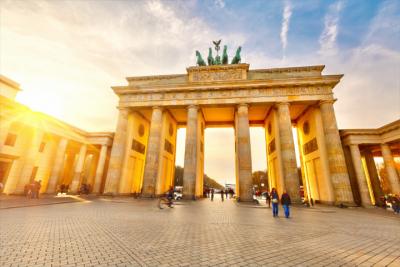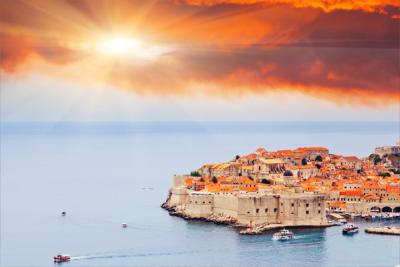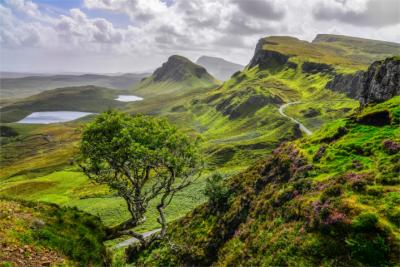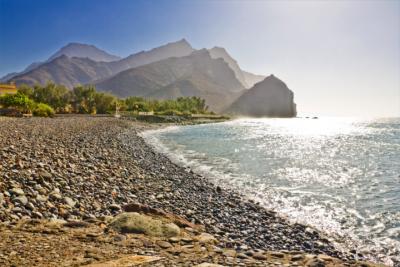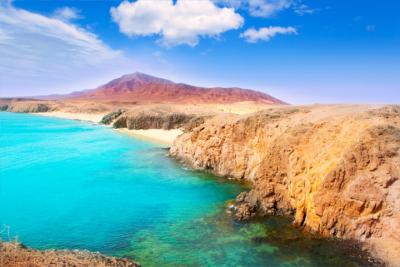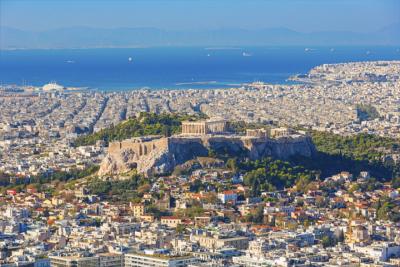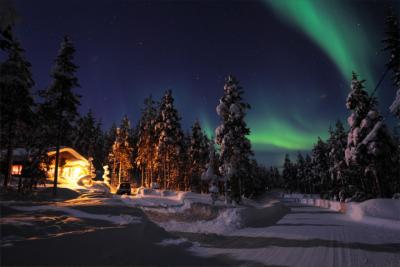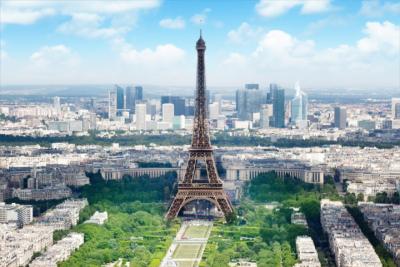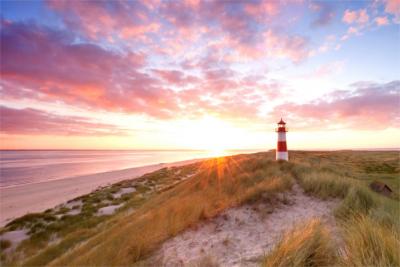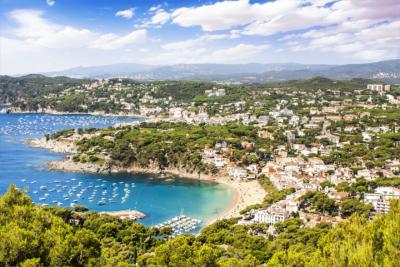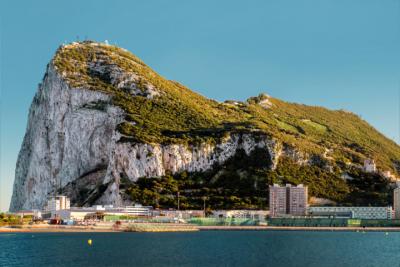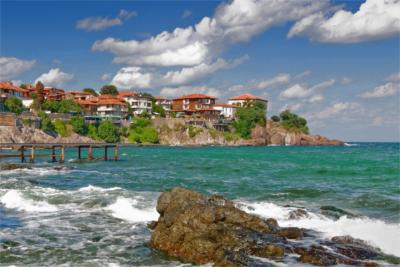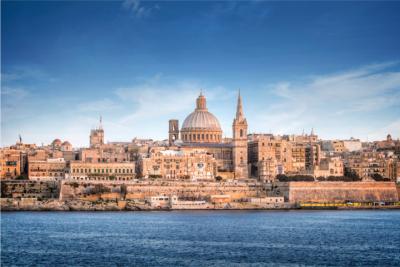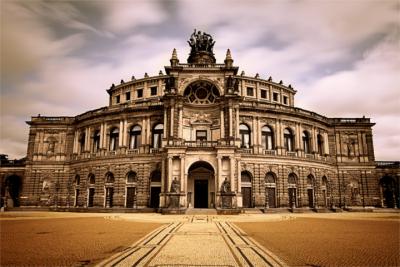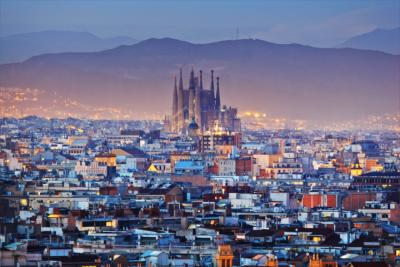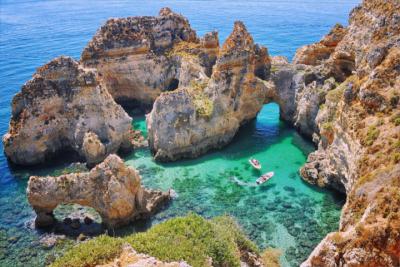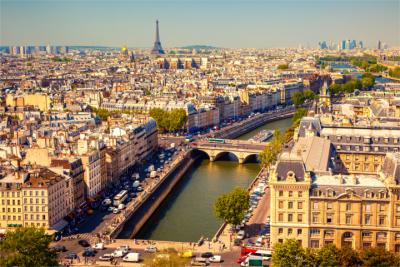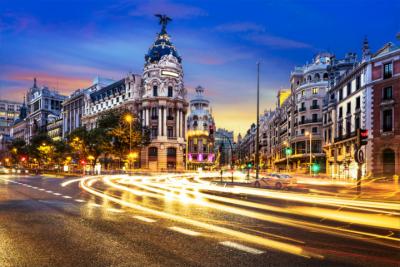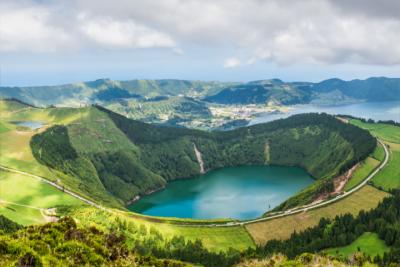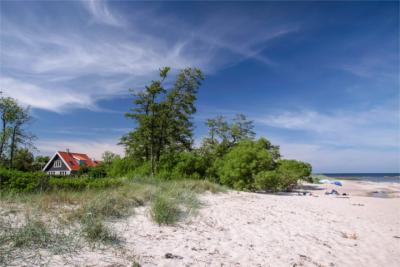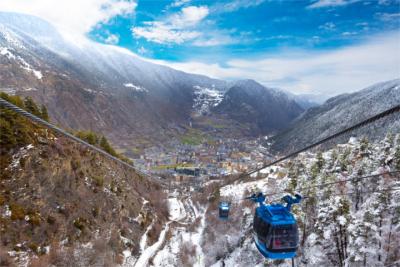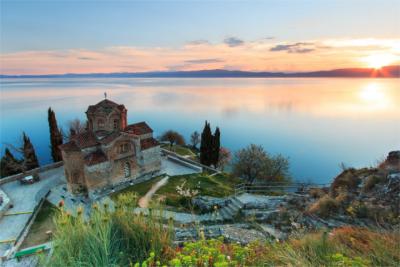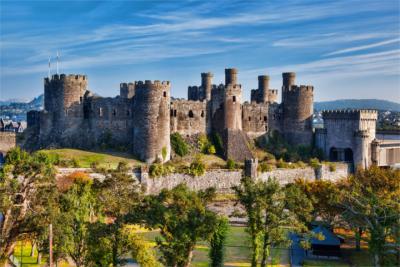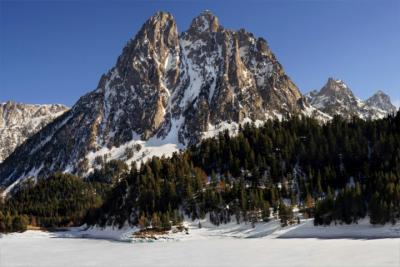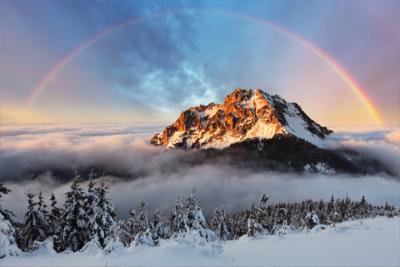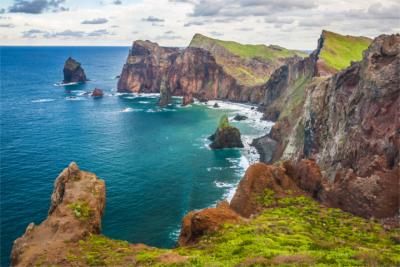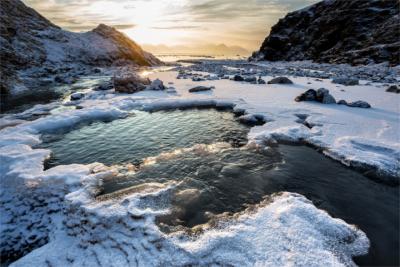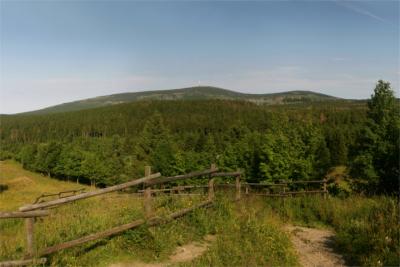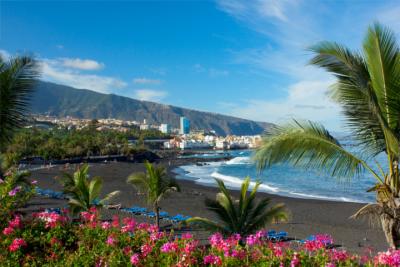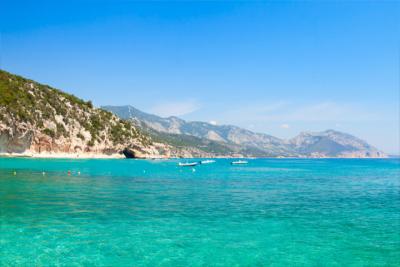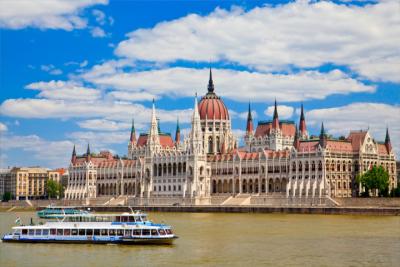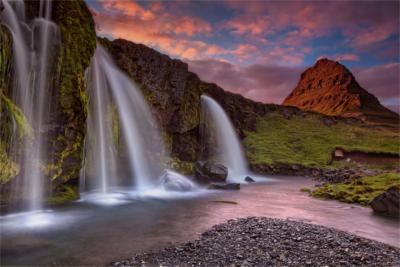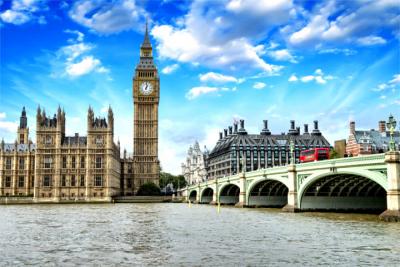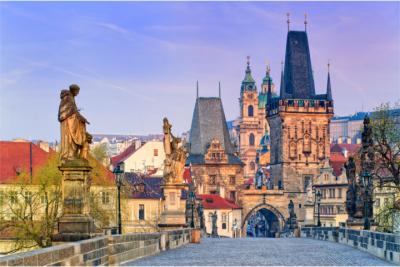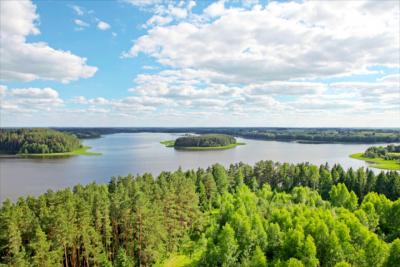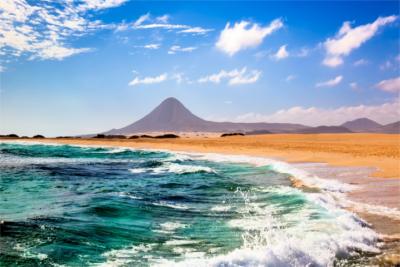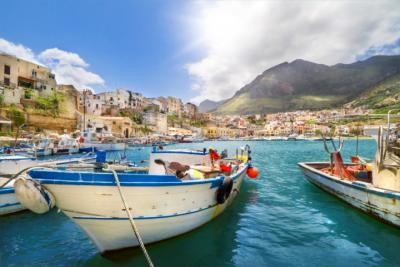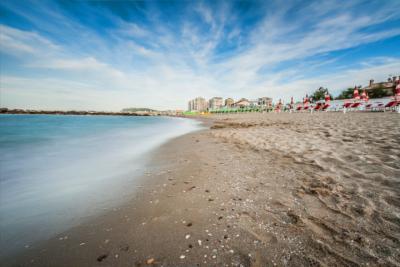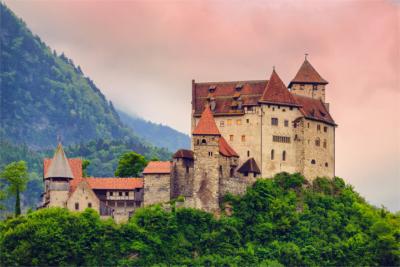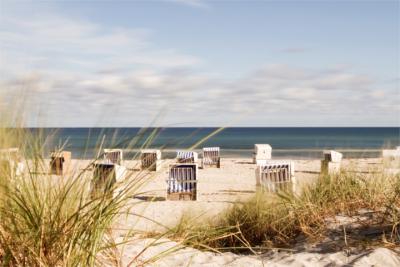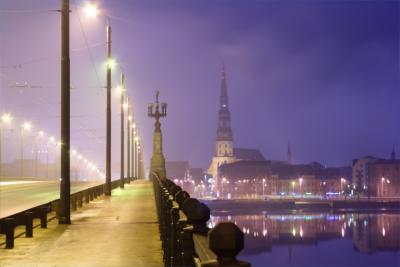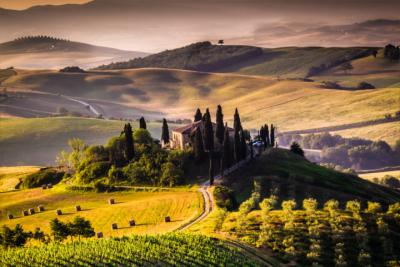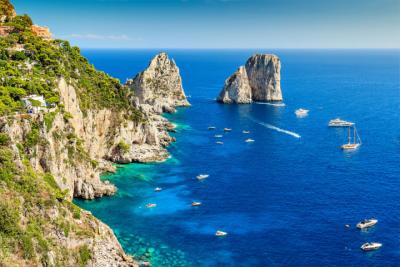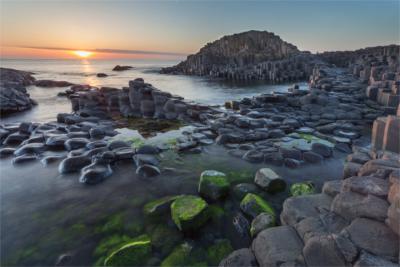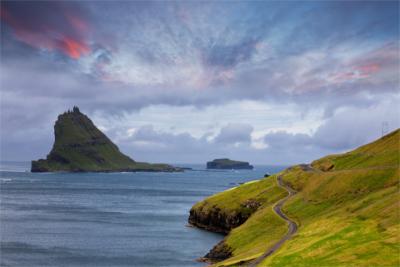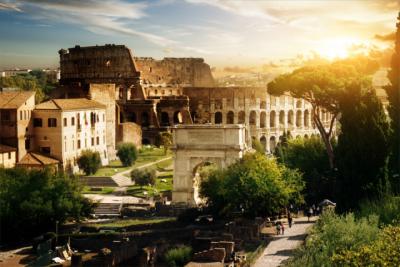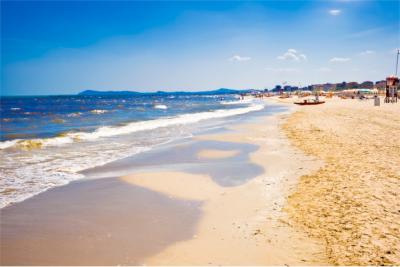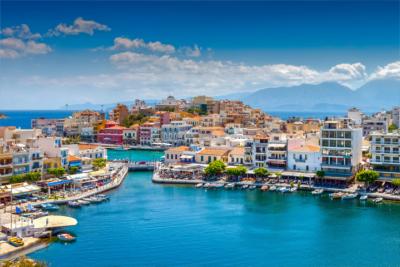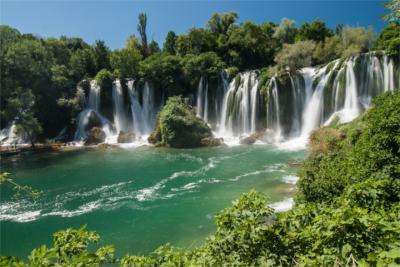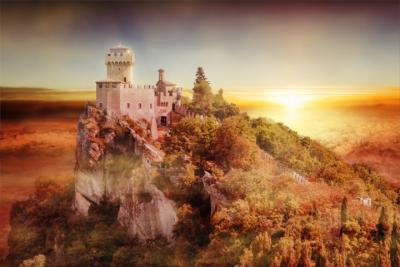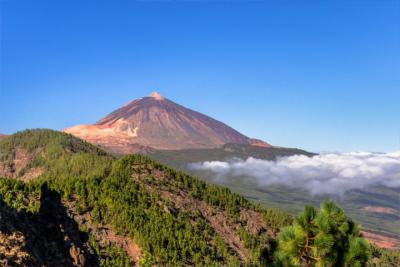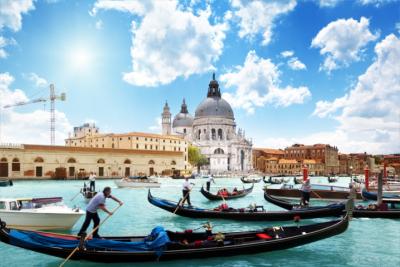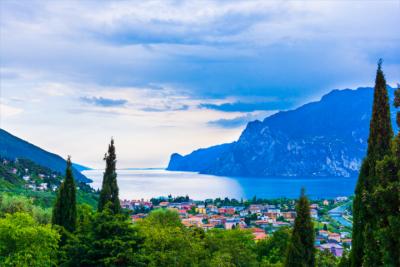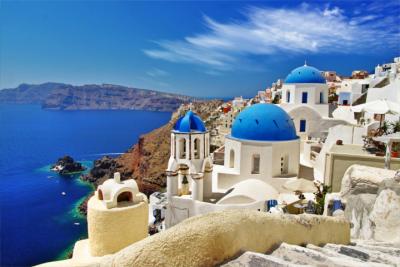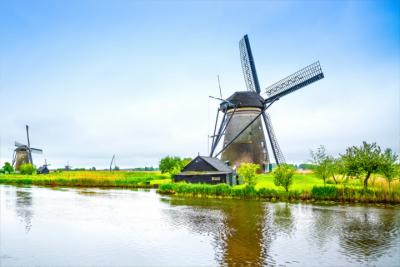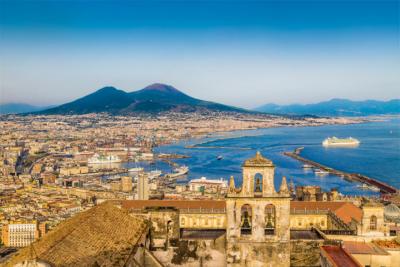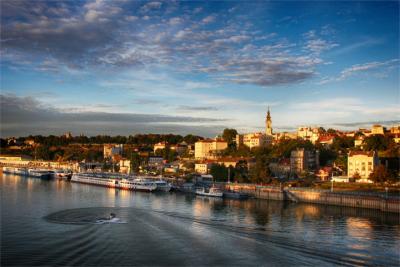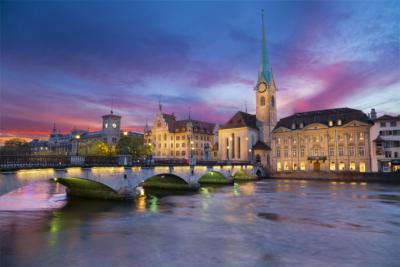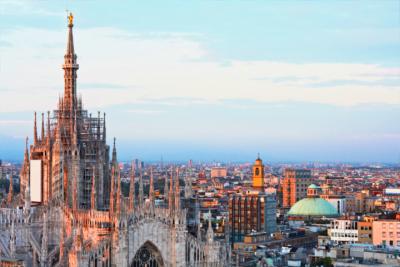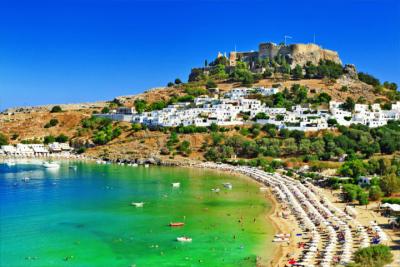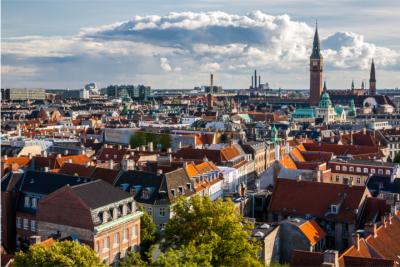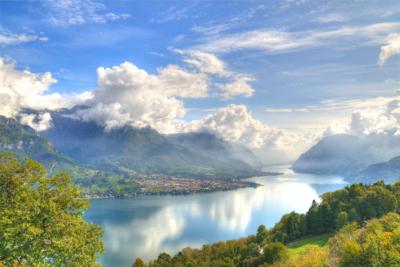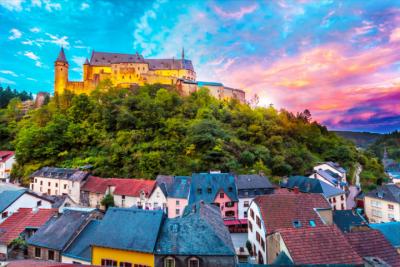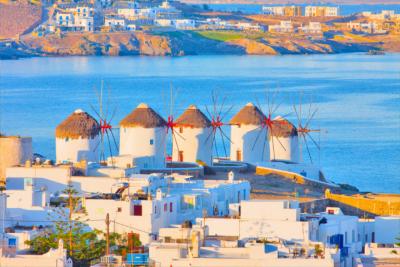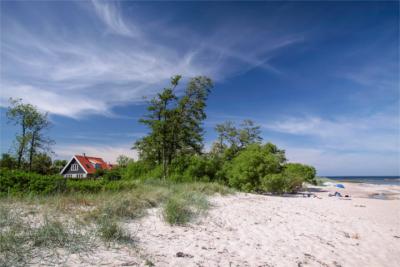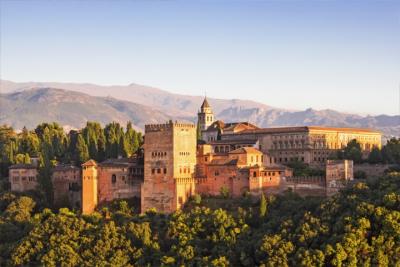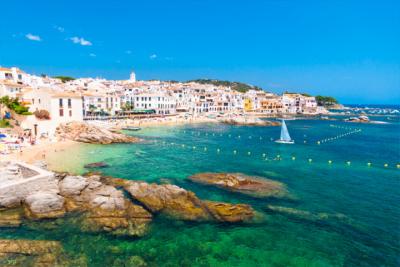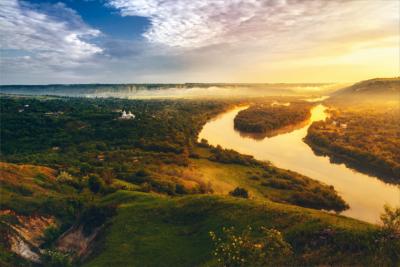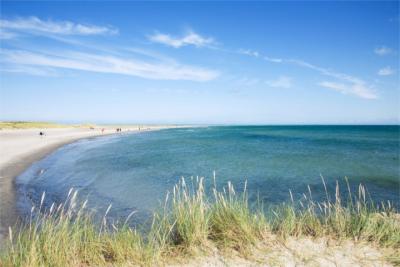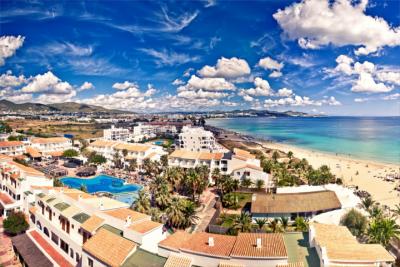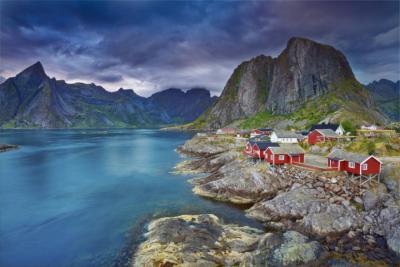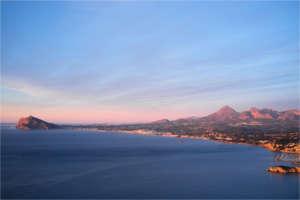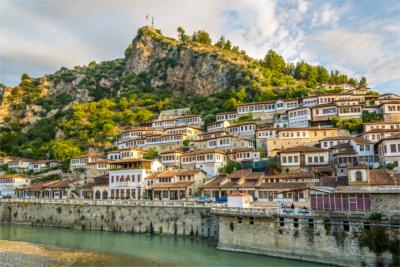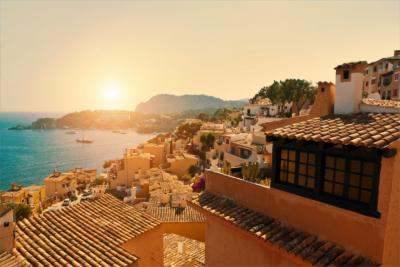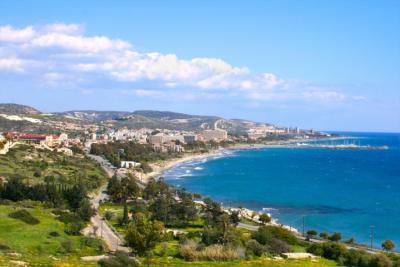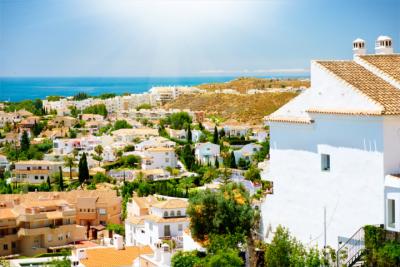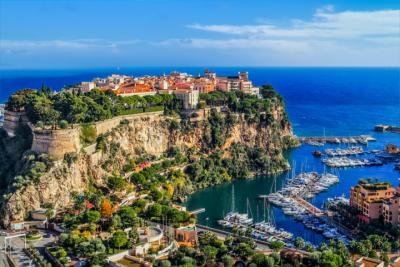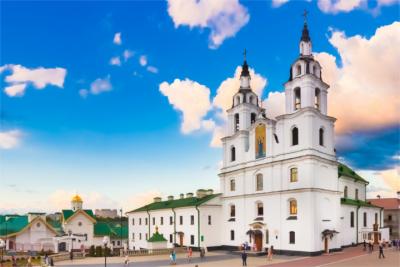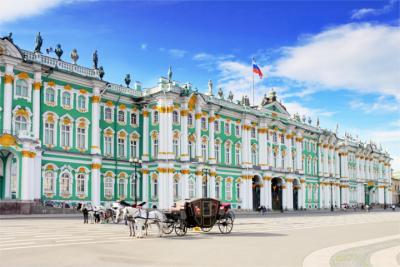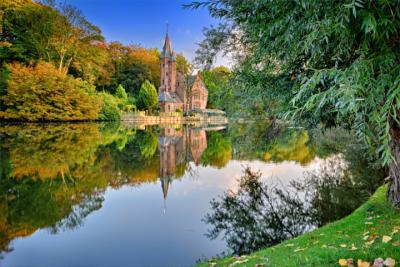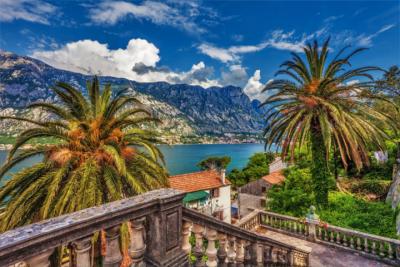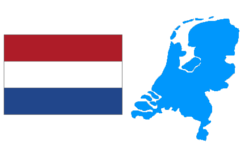Travel Offers
Travelmyne Featureprint
Distance
Netherlands - The Romance of the Windmills
Fairytale windmills spin at the many rivers. Tulips and daffodils transform the country in spring. Visitors can explore the cultural city Amsterdam or the Frisian Islands by bike or on a trip on the canals.

Geography - The land under water
The locals call it Nederland and it is commonly known as Holland (even though the term only refers to parts of the whole country). In many cases, both names are used to mean the same thing. The Netherlands are located in the northern part of Western Europe and are enclosed by the North Sea in the north and west. They border on the countries of Belgium in the south and Germany in the east. The relatively small country is divided into twelve provinces: Flevoland, Gelderland and Overijssel in the east as well as Zeeland, North Brabant and Limburg in the south. The western provinces are called Utrecht and Noth as well as South Holland and in the north you find Drenthe, Groningen and Friesland. Other areas which belong to the Kingdom of the Netherlands are the Caribbean countries Aruba, Curaçao and Sint Maarten as well as the islands Bonaire, Sint Eustatius and Saba. A quarter of the European mainland lies below sea level. This calls for special protective measures. Embankments of over 3,000 kilometres of length save the mainland from overly strong storm tides. The climate in the Netherlands is mostly temperate and maritime. While the summer months are rather cool, the winters are relatively mild. The North Sea brings along Atlantic climate, which makes the summer in this region slightly brisker. The further south you go, the warmer it gets. At the border of Germany in the south, the summers are considerably warmer.

Nature - The waters of the flat country
A major area of the Netherlands are covered in plains. Heathland as well as low and high moors characterise the country's panorama. The highest point is the Vaalserberg in Limburg, which is only 322 metres high. The Dutch nation demonstrates the everlasting struggle between water and land. Several areas, including the province of Flevoland, could only be reclaimed from the sea by massive land reclamation. However, a fifth of the mainland is still covered in water, most of it by the IJsselmeer. The grote rivieren ("great rivers") are the most important rivers in the Netherlands, namely the Rhine, the Meuse and the Scheldt. The Wadden Sea is the greatest European tidal sea. It is part of the UNESCO Wolrd Natural Heritage and belongs to the Frisian waters. Rivers, lakes, canals and ponds unite to form a gigantic network of waterways and a paradise for water sports. One of the best-known lakes is the Sneekermeer. The 35 lakes of the Frisian lake district cover an area of 9,300 hectares altogether. Excellent beaches are also part of the scenery. You find the most beautiful examples in Zeeland and in the hills of Limburg. There are numerous national parks in the Netherlands such as the Lauwersmeer National park and the Alde Feanen. A particularly impressive formation is the polder of Zuid-Beveland. Green fields, high embankments and water ditches can easily be explored by bike. The country's few forests are populated by hares, deer and foxes. At the North Sea you find sea birds like seagulls and terns. Furthermore, the West Frisian Islands are home to European otters and harbour seals.

Natural sights - A sea of flowers
The Netherlands are rich in natural beauty and extraordinary sights. The country is especially popular during the blooming time in the spring months March and April. Countless tourists visit the region to see the millions of red, pink and purple tulips, yellow daffodils and pink hyacinths in full bloom on large flower fields. This fascinating spectacle is a pleasure for the eye and popular with visitors of all ages. The world's greatest garden is the Keukenhof, which is opened for eight weeks (from the middle of March to the middle of May). Another highlight is the country's biggest national park, the Hoge Veluwe. You can explore its area of 55 km² on one of the one thousand white bikes, which are provided by the park (free of cost). The famous Kröller-Müller Museum, which accommodates the greatest European sculpture garden, is located in the middle of the park. The Wadden Sea and Ameland on the West Frisian Islands are also traditionally explored by bike. Maastricht holds a sight of a very different kind. Over 20,000 aisles constitute the labyrinth of the St. Pietersberg Caves. In the past, they provided protection during times of foreign occupation. Today travellers can visit them.

Culture - The pride of a maritime nation
The country has a very old history and a long tradition. The influence and power of the Netherlands was probably at its climax in the 17th century. After all, they were one of the greatest maritime and economic powers of their day. The Netherlands had trading posts all over the world. Even the New World could not escape its influence as the Dutch were the ones who rebuilt the settlement New Amsterdam. This town later became the present-day New York - probably the most important city of the USA. Today the Netherlands are one of the most densely populated countries on earth. About 80 percent of the population are Dutch, another eight percent are people from western nations like Germany or Belgium. Some inhabitants, however, come from more exotic countries such as Morocco, Turkey or the African Suriname. Religion does not play a major role in the Netherlands. About half of the population claim to be undenominational. Bound by tradition, the Netherlands have a parliamentary monarchy with Willem-Alexander as their king. The seat of government is located in The Hague (Den Haag). The Dutch are part of the union of the Benelux. As a former sea power, the Netherlands have preserved their open-minded and tolerant nature. They are considered to be open-hearted and able to disregard authorities from time to time. Nevertheless, the Dutch are proud of their nation and treasure their country's cultural, economic and technological achievements. One of the most impressive buildings in the Netherlands is the Erasmus Bridge in Rotterdam.

Cultural sights - The land of museums and windmills
"Randstad" means as much as "urban centre" and refers to the cultural centres of Amsterdam, The Hague and Rotterdam. Amsterdam accommodates a number of the country's most important cultural assets such as the Anne Frank Museum, the Van Gogh Museum or the works of the old masters Rembrandt and Vermeer in the Rijksmuseum. The city is generally a popular meeting point. It combines old traditions with the architecture of the 17th and 18th century and the backpacking atmosphere of its young visitors. Art and culture are ever-present here. Even the historical old part of town looks trendy and new when it is being conquered by numerous visitors on bikes. Right next to the government building in The Hague you find the Mauritshuis, an art museum which holds the impressive Royal Cabinet of Paintings. One of the country's most spectacular buildings is without doubt the Groninger Museum in the city of the same name (Groningen). It was built by the Italian architect Alessandro Medini and accommodates the greatest works of the visual arts. The oldest Dutch town is Maastricht. Its history dates back to 50 BC, which is when the Romans left traces. One of the town's most beautiful sights is its tunnel system, which is ten kilometres long. The main attraction on a journey through the Netherlands, however, is the village Kinderdijk. 19 windmills string together in the region Dordrecht. These landmarks were already built in the 18th century and are still a must for every holidaymaker.

Experience - Soused herring and a cup of coffee
"Hollandse Nieuwe" is the name of one of the Dutch's favourite dishes - matie with onions, pickled gherkins and a bun. Although dinner is considered the most important meal of the day, the country - in particular Amsterdam - has a notable cafe scene. In Amsterdam's countless cafes visitors are served their kopje koffie (cup of coffee) in an art deco ambience. To it you can have delicious cake and pastries. A traditional savoury dish is Boerenkoolstampot and Rookworst. This substantial dish contains mashed kale with potatoes and a smoked pork sausage. The Dutch love their sweets and desserts. An internationally known delicacy are poffertjes, small pancakes with powder sugar. If you are in a hurry, you can order Patat (chips) and thirsty travellers can have a cold beer. The Dutch do not grow tired of pointing out their long tradition of brewery. The most popular types are Grolsch, Amsel and Heineken. Holidaymakers should also taste the country's cheese. Gouda, Leerdammer etc. are great souvenirs just like the typical clogs (Klompen), Delft pottery, the liqueur Jenever or the salty liquorice drops "Dropjes". The cheese market in Alkmaar is a true shopping spectacle. The gigantic loaves of cheese are weighed, measured and of course tasted. Another highlight is the flower market on the canal Singel in Amsterdam. The thousands of colourful blossoms perfectly match the architecture of the scenic city. The country also offers a lively nightlife. Every bigger town has a notable party scene. Daring travellers visit Amsterdam's notorious red light district Walletjes. An event which is less daring but as entertaining is the famous Maastricht Carnival in February.

Activities - Cycling in the cities and at the seaside
The Dutch love their bike, which is also a great means of transport for travellers. Whether you are in cities like Amsterdam or walk along the embankments on the West Frisian Islands - the bicycle is ever-present and very practical. In the summer months, the well-developed cycle paths are also used by in-line skaters. Especially Domburg is a popular destination for skaters. As the Netherlands are surrounded and crossed by water, it is no wonder that most leisure activities take place in and on the water. A boat tour is a great way of exploring the region 's-Hertogenbosch. The boats even pass through a number of buildings. Visitors and sportspeople reach the West Frisian Islands by sailing or taking a yacht. The main harbour is the one in Enkhuizen. Friesland, the Sneekermeer and many other bodies of water offer great conditions for water sports. Sailing, kiting and bodyboarding are possible in the North Sea. Less experienced sportspeople, however, should avoid the harsh coast and pursue their hobbies on the great lakes instead. Domburg's beaches invite visitors to swim and sunbathe and the De Hoge Veluwe National Park is the ideal destination for fans of horse riding. A traditional experience is a trip through Amsterdam and Lisse on the canals. Many younger travellers enjoy island hopping on the different West Frisian Islands.

Information
The Netherlands are most frequently visited during the blossoming time in the spring months from March to May. If you like it more quiet, you should travel the county in summer or autumn. In summer, the lakes are warm enough for bathing holidays and water sports. Although the public image suggest differently, all drugs are forbidden in the Netherlands. In 2011, the government decided that soft drugs like Cannabis are only sold to Dutch citizens in the coffee shops but not to foreigners any more.
The Netherlands are rich in culture and history. City travellers discover the magic of the sea power in Amsterdam and The Hague. In spring, the country blooms in thousands of colours and is a great destination for both families and lovers of nature.

